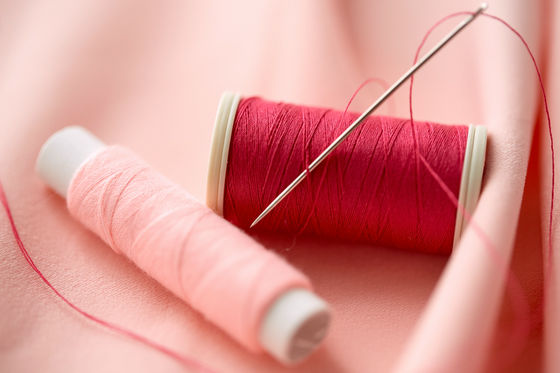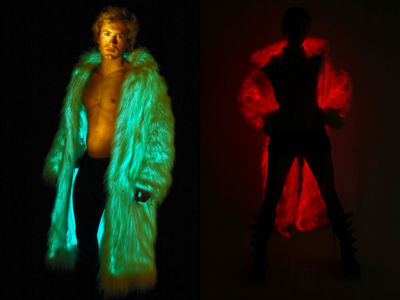How to think like a 'costume designer' when portraying a character?

The sculptural depictions of characters in novels and character designs in manga and illustrations not only add attractiveness to the appearance of the character, but also show the nature and personality of the character through their appearance and clothing, as well as the historical background of the story. increase. Writer Claudia Cravens, who received her Ph.D. from
How to Think Like a Costume Designer When Writing Historical Fiction ‹ Literary Hub
https://lihub.com/how-to-think-like-a-costume-designer-when-writing-historical-fiction/

Mr. Cravens has a mother who is a costume designer and a movie enthusiast, so from an early age to around adolescence, he heard his mother's trivia about the characters' costumes while watching classic movies. For example, in the 1942 U.S. release of The Passionate Passage , when the main character wears form-fitting clothes and a hat, 'she finds herself and is ready to change her life.' His mother told him that he could see it from his clothes. 'Costume design tells us everything we need to know about everyone's means, motivations and trajectories,' said Cravens.
Cravens' debut novel, Lucky Red , depicts life in a 19th-century brothel, and relies on 'costume design' to enhance the realism and persuasiveness of its depiction. increase. While writing, I often asked my mother, a costume designer, ``I want to wear a cheap and durable costume that is the exact opposite of a wool suit, but is duck fabric suitable for cowboy pants?'' I think so. Denim must have not been a major trend at that time.” At that time, my mother advised me, ``They are all wearing clothes until they die. Cravens said.

'Good costume design isn't about making characters look attractive, it's about transporting us into the world of the story,' said Cravens. From the color and texture of the costume, the fit, whether it is new or old, we can express information such as the character's social status, economic situation, relationships with others, personality and self-consciousness, both explicitly and unconsciously. You can receive it. For this reason, especially in novels set in history and stories with cultural backgrounds, thinking about character modeling like a costume designer gives you the opportunity to make the stage of the work feel real.
Regarding 'how to think like a costume designer', Mr. Cravens cites '

Mr. Cravens began writing 'Lucky Red' with a rough color decision. A simple color transition from a naive initial state to a worldly world: faded pink at the beginning of the story, dark red work clothes in the middle, and black clothes with a touch of purple after gaining a lot of experience. , And he said that he had solidified the image of changing from a passive attitude to a powerful way of life. In addition, women in higher positions in the same workplace express their experienced nature by using the same color as the main character, but with a deeper shade.
In addition, blue and green are the colors of the outside world, so they are not drawn in the brothel, which is the main stage, brown is worn only by men and is equated with the wooden background, and yellow, which means danger. In addition to using ``color'' effectively, the texture of clothes also influenced emotions, the way they move, and the way they behave towards others. Mr. Cravens said, ``In our daily life, we naturally choose clothes based on our schedule, mood, people we meet, and places we are going. By interweaving that awareness and information about historical clothing into the story as costume design, we were able to bring the characters and their surroundings to life.' I'm here.
Related Posts:







